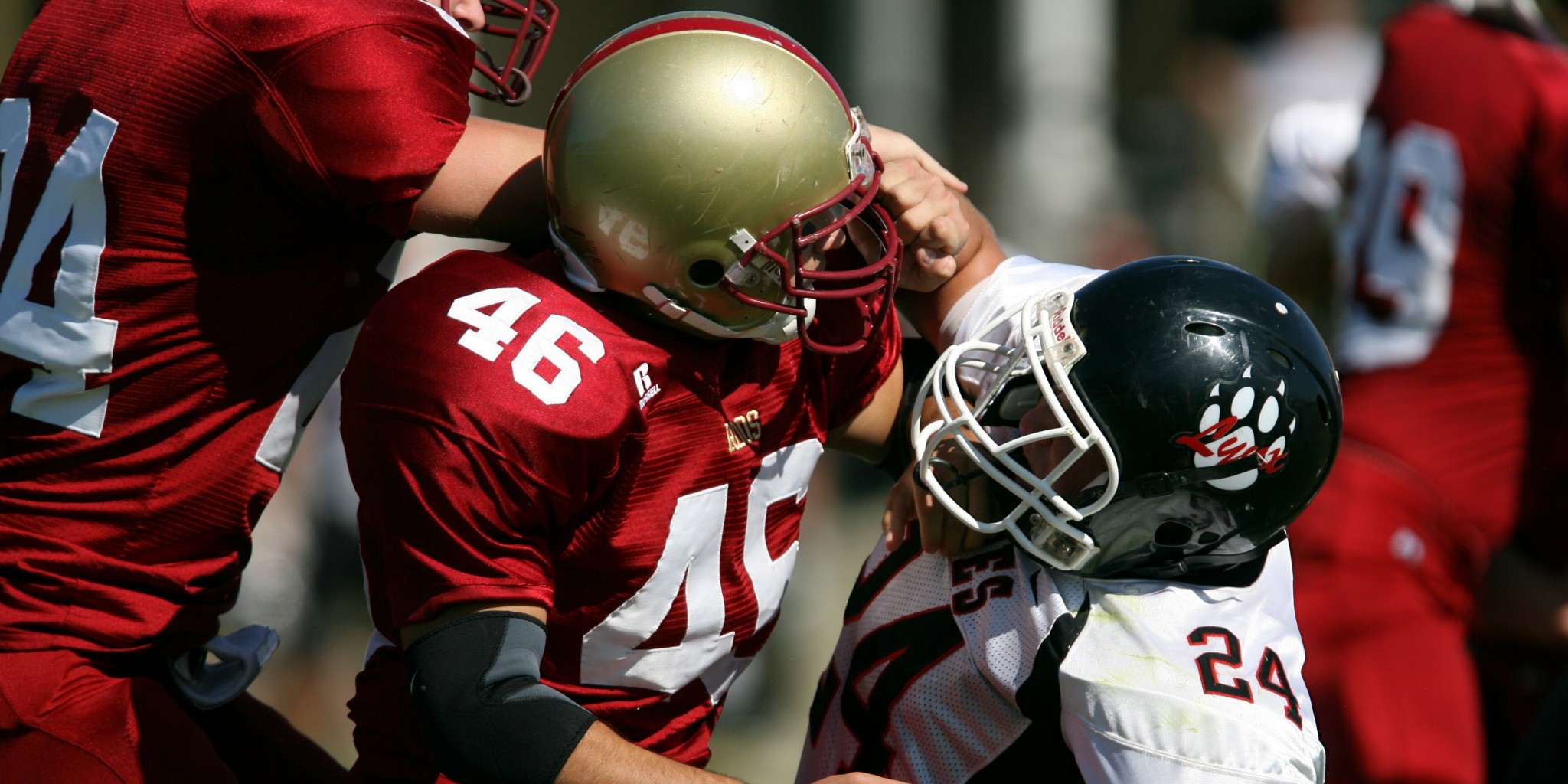
“It’s just a concussion". If you’ve ever had a concussion or have known someone who’s suffered a concussion, then you may have heard that sentence before.
However, concussions are complex injuries that require complex treatment. Discover what a concussion is, the warning signs, and how physical therapy can help you recover.
A concussion is a forceful hit to the head that causes the head and brain to move rapidly back and forth, which can lead to a functional neurologic deficit. In other words, a concussion can affect the way your brain functions.
Despite what many may think, you don’t have to experience loss of consciousness in order to have a concussion. Concussions rarely lead to unconsciousness in most people.
In identifying a concussion, we look for the most common signs and symptoms. Symptoms are things the patient reports themselves, things affecting them, and things they're experiencing.
A sign is something another person may notice when evaluating a patient after a head injury. Commons symptoms that you may notice include:
Common signs that others may notice include:
An experienced athletic trainer or another qualified health professional can diagnose a concussion based on the patient’s signs and symptoms. Following the diagnosis, they'll decide how to treat the concussion.
After a head injury, an experienced physician should see the patient within one to three days and recommend cognitive and physical rest. The physician will likely recommend that the patient get plenty of rest after a head injury.
If possible, the individual should see a physician on a weekly basis until all symptoms have subsided. To ensure that brain function is returning to normal, a post-injury neurocognitive test (ImPACT) should be performed.
Traditionally, medical professionals recommended complete rest as the most effective approach to treating a concussion. It appears, however, that a more active approach, including physical therapy, is more effective than rest.
Physical therapy that targets the neck and vestibular system, which includes the inner ear and its connections to the brain, can speed up recovery after a concussion. Nowadays, it’s becoming a standard practice to take an active approach to help patients recover.
By using targeted exercises, physical therapy can help patients stay physically active within the limitations of their recovery plan, while addressing symptoms like dizziness, headaches, and balance issues. Also, physical therapy can help patients regain their ability to participate in their favorite activities and prevent re-injury.
It may be necessary for your physical therapist to work closely with other health professionals who are responsible for your safety. With the help of the therapist, you can create a customized program to strengthen your neck and core. This will reduce the risk of concussions. If you’re an athlete, it’s best to work closely with a coach, a trainer, and a physical therapist, so they can help you handle any physical stress associated with the sport.
There are many types of concussion physical therapy treatments available, including:
As part of your initial concussion physical therapy appointment, your physical therapist will conduct a series of diagnostic tests to confirm the concussion and determine the severity of symptoms.
For example, he or she may evaluate you to determine if you’re having balance issues, neck tenderness, or chronic headaches.
This information will enable your physician to determine what type of concussion physical therapy you will need to recover from your concussion.
Your physical therapist will likely perform the following diagnostic exams:
With this information, your physical therapist can put together a comprehensive concussion treatment plan.
Physical therapists are capable of offering patients recovering from a brain injury a wide range of treatments, including specific exercises that help them with specific symptoms. A good physical therapist will design a treatment plan based on your unique situation and needs. You'll get that from AmeriCare's experienced physical therapists.
An ounce of prevention is certainly worth more than a pound of cure when it comes to the head and neck region. Set up an appointment with our office.